Table of Contents
- FREE 11+ Patient Case Study Templates in PDF | MS Word
- 1. Patient Case Study Report
- 2. Clinical Direct to Patient Case Study
- 3. Patient Information for Single Case Study
- 4. Case Study of a Narcoleptic Patient
- 5. Patient and Public Involvement Case Study
- 6. Patient Health Record Case Study
- 7. Obsessive Patient Case Study
- 8. Patient Safety Event Case Study
- 9. Cardiac Patient case study
- 10. Patient Hear Failure Case Study
- 11. Patient Depression Case Study
- 12. Patient Physical Exam Case Study
- 5 Steps to conduct the Patient Case Study
- How does the Patient Case Study works?
- Why the Patient Case Study Research
- What are the common methods used in Patient Case Study Research ?
- How is the Patient Case Study important?
- How do you conduct the Patient Case Study?
FREE 11+ Patient Case Study Templates in PDF | MS Word
The Case Study investigates the contemporary cases for the purpose of the illumination and the better understanding. In some cases the studies are used to provide the data for the making of the decision and to discover the usual link in the set up where the cause-effect relationship is quiet complicated and are not readily recognised.

FREE 11+ Patient Case Study Templates in PDF | MS Word
1. Patient Case Study Report
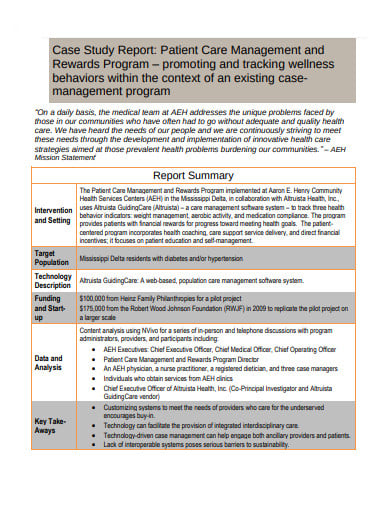 healthit.gov
healthit.gov2. Clinical Direct to Patient Case Study
 bioclinica.com
bioclinica.com3. Patient Information for Single Case Study
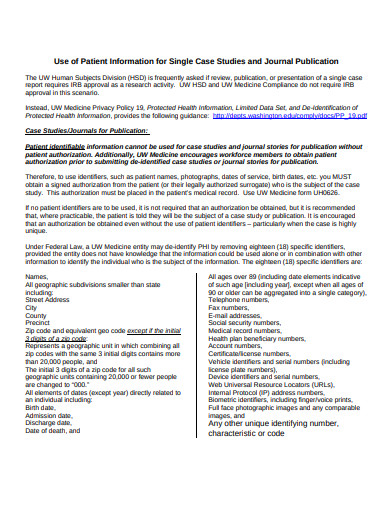 washington.edu
washington.edu4. Case Study of a Narcoleptic Patient
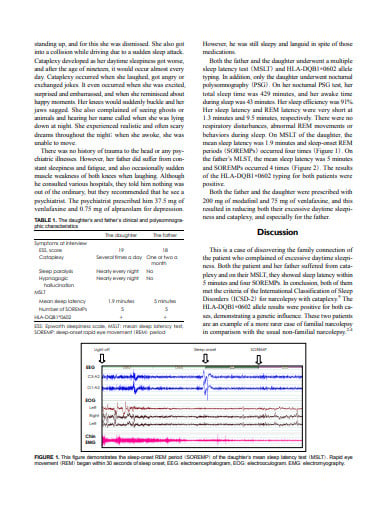 psychiatryinvestigation.org
psychiatryinvestigation.org5. Patient and Public Involvement Case Study
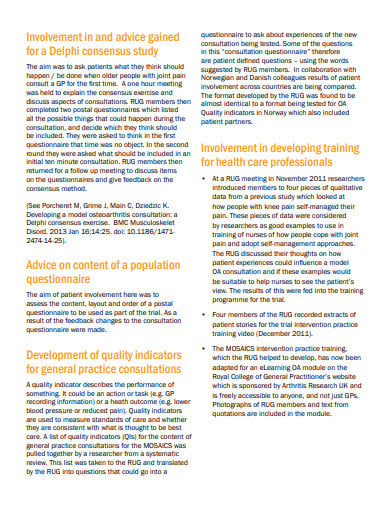 ac.uk
ac.uk6. Patient Health Record Case Study
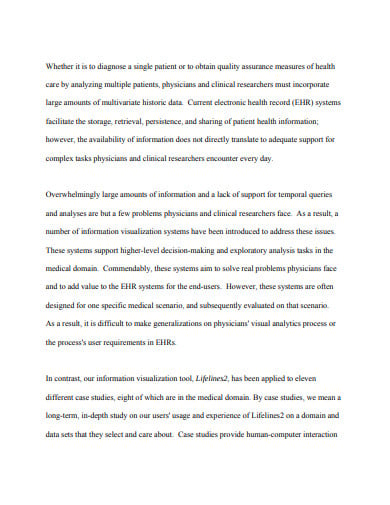 umd.edu
umd.edu7. Obsessive Patient Case Study
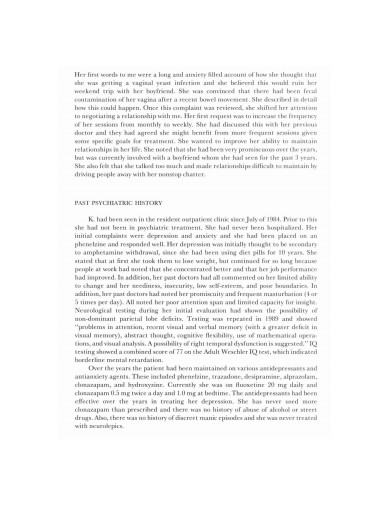 jefferson.edu
jefferson.edu8. Patient Safety Event Case Study
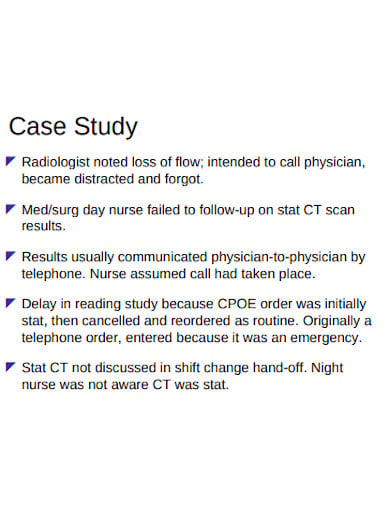 jointcommission.org
jointcommission.org9. Cardiac Patient case study
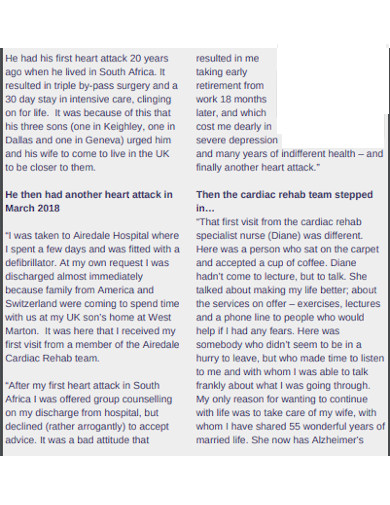 nhs.uk
nhs.uk10. Patient Hear Failure Case Study
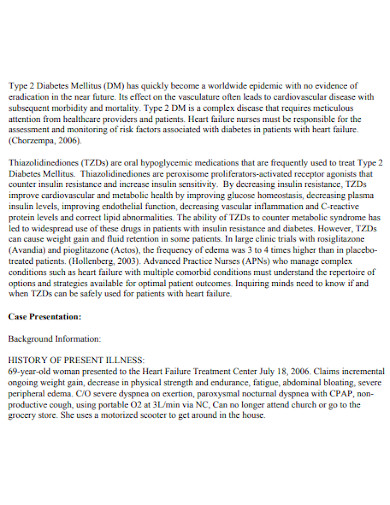 ymaws.com
ymaws.com11. Patient Depression Case Study
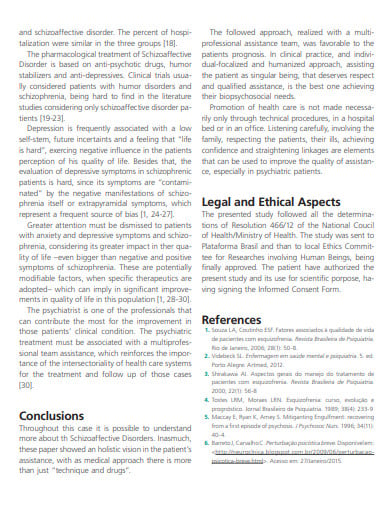 imed.pub
imed.pub12. Patient Physical Exam Case Study
 goitech.org
goitech.org5 Steps to conduct the Patient Case Study
The case study is a research plan and an empirical query that investigates a phenomenon within its real-life context. The Case studies are relyed on an in-depth investigation of a single individual, group or event to explore the causes of underlying principles.
Step 1: Planning for the case study
Many fields require their own form of case study, but they are most widely used in academic and health context. The health case study focuses on the individual or a small group, producing the detailed but non-generalized report based on months of research.In the health sector, case studies describe a development story presented to promote the health sector.
Step 2: Narrow down the research goal
There are the many types of the case studies in the researches. The illustrative cases describe the unfamiliar situation in order to assists the people understand it. For the instances, the patient case study of the individual with depression, designed to help interact with the subjective experiences of depression. The critical instances case study the unique cases. The descriptive study regarding the patient with the rare condition or the study of the specific cases to determine theory is applicable or useful.
Step 3: Apply for the ethical rules
In every case studies are needed by law to obtain ethical approval prior they can begin. Contact the hospital or department and propose your case study to the people in charge of ethics oversight. You may be asked to prove that the case study does no harm to its respondents. In few cases the publishing a new interpretation can cause harm to the patient in the original study.
Step 4: Planning for the long term study
Most health department case studies last at least for few months, and many of them continue for years. You may be controlled by your research funding or the length of your degree program, but you ought to allow a few weeks to conduct the study at the very least.
Step 5: Design research strategy in detail
Make four or five bullet points that you intend to answer, if possible, in the study. Consider perspectives on approaching the question and the associated bullet points. You must choose at least two, and preferably more, of these information sources: report collection, internet research, library research, interviewing research subjects, interviewing experts, other fieldwork, and mapping concepts or typology.
How does the Patient Case Study works?
The case study researcher inspect each case expecting to uncover the new and specific interactions, the event, explanation, interpretation, and the cause and effect connections. It is eventually the in-depth study of the specific situations and it is the technique that is used to narrow down the broad field of the research into a single researchable topics.
Why the Patient Case Study Research
The case study method is the most flexible and used in research. It is the used in the various academic as well as the health sector to research on the issues related to the sustainability and the institutional system. The case study can serve the variety of the functions like enabling the researcher to get the feelings to get the feeling for the potentially important feelings.
What are the common methods used in Patient Case Study Research ?
There are the various methods used implied in the case study such as the participant observation, interviewing, collecting the materials etc. These involves the researcher immersing itself in the health condition of the individual or the group. It needs the extensive work to do a research study. And it is through the observation that provides insight into the behaviour patterns and the organization that operates and constitute the particular bounded system and case.
How is the Patient Case Study important?
The Search Results Featured snippet from the Patient Case studies are particularly used in exploratory research. They can help us develop new ideas They are an significant way of illustrating theories and can assists show how different aspects of a person’s life are related to one other. The research is in depth investigation of the individual, groups, etc.
How do you conduct the Patient Case Study?
The process used in a case study means that the researcher provides a description of the behavior. This comes from the interviews and other sources, like the observation. The client also reports detail of events from his or her point of view. The researcher then writes up the information from both sources above as the case study, and explain the information.

